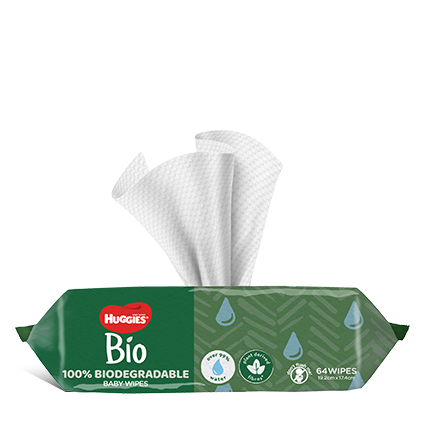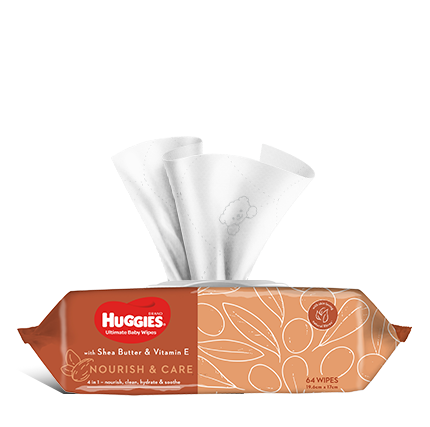What do babies need?
When introducing foods to babies, we are not just trying to provide food that is nutritionally balanced, we are also introducing our babies to new tastes, textures, colours and variety. So when looking at foods we want them to:
- Be quality food with maximum nutrition in every bite; this is where organic options are great
- Include iron and zinc
- Be safe and hygienic
- Have increasing tastes, smells and colours
- Increase appropriately in texture, thickness and chunkiness
- Be whole natural foods, free of chemicals; again organic options are ideal
How does commercial baby food measure up?
Commercial baby foods can be loosely divided into two types: mass-produced and boutique products.
Mass-produced baby foods are the ones you see lining the supermarket aisles. While you can find some that are made to good nutritional standards, many are not ideal as a staple for your baby.
Boutique baby food and meal companies tend to have a smaller production scale, use actual people to make the baby food, source quality products (often organic, though just because it is organic doesn’t mean it is boutique) and use cutting-edge technology to ensure freshness and hygiene. There are really only a few brands that produce their baby food as you would at home. Some may even provide baby with better foods than you can prepare yourself. Organic Bubs is one such company, for example they use a variety of superfoods such as quinoa and fig in their meals. Having watched their production, it is just as I would make baby food, only I haven’t a snap-drier freezer that locks in the nutrients, flavour and colour.
Cost and savings; are they real?
Yes, boutique baby and toddler meals may be a little more expensive than the mass-produced options, but they are likely to have a higher nutritional and textural value. Plus, you are less likely to be paying for “filler” and non-nutritional ingredients, so at the end of the day you and baby are getting more for your money.
Organic brands
Organic is the gold standard in ingredients, as it is free from chemicals and potentially higher in nutrients. However, just because it’s organic doesn’t mean it ticks all the boxes. Some “garden variety” organic brands use added sweeteners, their products are overly soft and the texture and taste can be lacking. Look for a product that ticks as many of the boxes as possible.
What to look for?
Read each label before you buy. Here are a few things to consider:
- Free from added sweeteners. You might be surprised where added sweeteners, often in the form of apple juice, turn up. Not only does this give rein to baby’s natural preference for sweet foods but apple juice can also cause diarrhoea. Apple juice is not ideal in baby foods or for babies or young children to drink.
- Not overly soft in texture. While this ensures that a baby is less likely to choke on the product, babies quickly need to develop their oral skills and require increasing texture in their foods. By nine months bubs need chunky foods and finger foods. Overly soft textures for too long may slow the development of their oral mechanics and delay their progression to whole foods. There is some research also suggesting this can interfere with jaw and speech development.
- Insufficient energy/calorie content. This may be lower in commercial products, as they often have extra water added compared to homemade foods, to gain that soft, smooth texture as described above.
- Irrelevant adult eating messages such as “baby desserts” that aren’t really necessary in a baby’s diet. Commercial baby desserts are usually high in sugars, often watered down, and contain thickeners such as cornflour. They may help encourage a “sweet tooth” in your little one.
Ways to use pre-prepared baby food
We are not trying to be purists here, we all live in the real world and there are times when a jar, tin or pouch of commercial baby food can come in handy.
- Use as a paste to mix into baby’s meal, as a sauce base for chicken or fish.
- Keep one handy for when you are in a sticky spot and haven’t anything handy.
- Stir through some small pasta shapes or rice, or chopped steamed vegetables as your child develops, to improve the texture.
Created by Leanne Cooper from Sneakys Infant and Child Nutrition at www.sneakys.com.au
Last Published* May, 2024
*Please note that the published date may not be the same as the date that the content was created and that information above may have changed since.




















